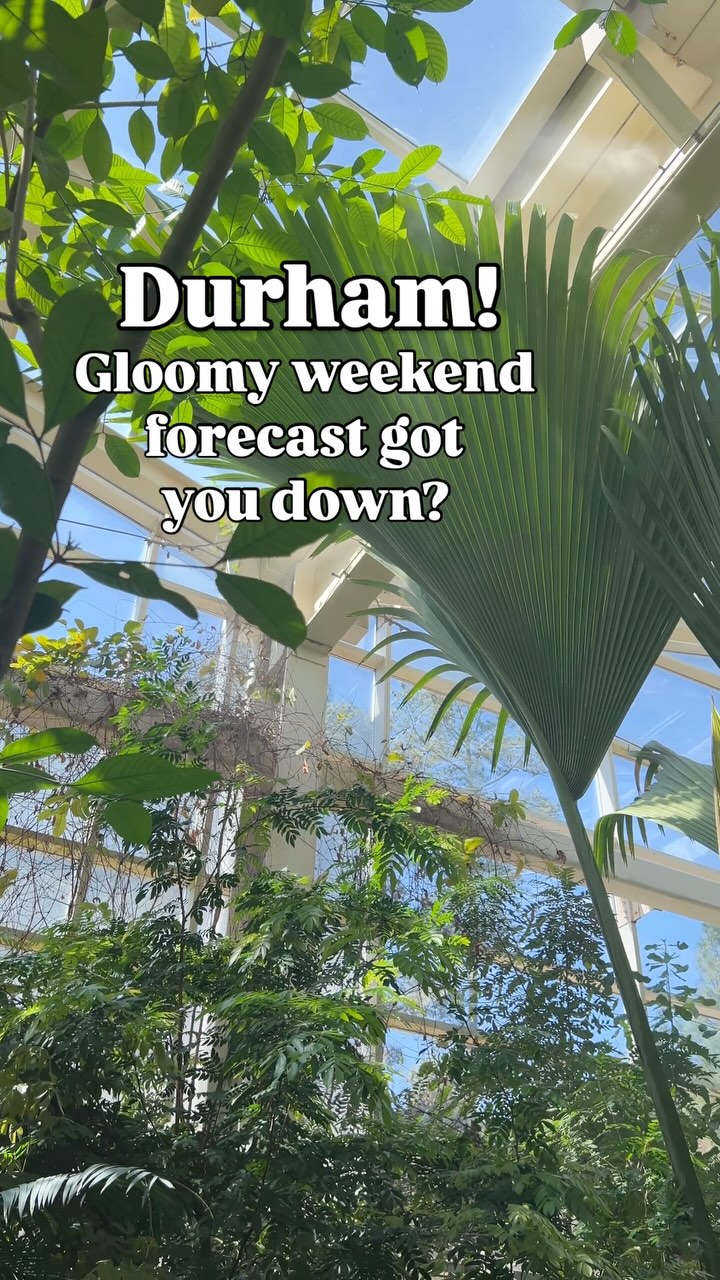- The importance of butterflies and moths in ecosystems.
- The roles that institutions like Magic Wings Butterfly House play in conservation.
- Characteristics and behaviors of butterflies and moths.
- Educational opportunities and experiences offered at butterfly houses.
- How visitors can support butterfly conservation efforts.
Butterflies and moths, often celebrated for their beauty, play crucial roles in ecosystems. These insects are pollinators, ensuring that plants can reproduce and maintain biodiversity. A vibrant butterfly population will often signal a healthy environment. Various species are indicators of ecological well-being, demonstrating how ecosystems adapt and thrive. Different environments depend on butterflies and moths to support the growth of flowering plants, making them vital contributors to food webs.
Magic Wings Butterfly House and Insectarium presents an ideal setting for engaging with these important insects. Located in what might be termed a sanctuary for butterflies and insects, it provides visitors an invaluable opportunity to learn about these creatures’ biology, behavior, and conservation needs. Butterfly houses often serve as educational platforms, introducing people to the importance of invertebrates and their roles in sustaining ecosystems.
Understanding the characteristics and behaviors of butterflies and moths can deepen appreciation for these fascinating insects. Their life cycle typically includes four stages: egg, larva (caterpillar), pupa (chrysalis or cocoon), and adult butterfly. Each stage has distinct needs and actions. Caterpillars, for example, are primarily focused on feeding, which helps them grow rapidly. Once they enter the pupal stage, they undergo a transformation known as metamorphosis. This metamorphosis is a remarkable biological process, allowing them to emerge as adult butterflies.
Additionally, various species exhibit unique behaviors that contribute to their survival. Some butterflies have developed mimicry and camouflage techniques to avoid predators. The Viceroy butterfly, for instance, closely resembles the Monarch butterfly, which contains toxins from the milkweed plants it consumes. Birds, learning to associate bright colors with unpalatable meals, often avoid Monarchs, while Viceroys benefit from this visual similarity. This example of mimicry showcases the intricate relationships within ecosystems.
Magic Wings Butterfly House encourages educational experiences that emphasize conservation. Visitors can learn about the significance of biodiversity and the roles they can play in protecting these essential species. Educational programs often include guided tours, hands-on activities, and interactive displays. These initiatives raise awareness about the importance of invertebrate conservation and can foster a lifelong passion for wildlife in attendees.
In addition to educational programming, butterfly houses also actively contribute to conservation efforts. They may participate in breeding programs for endangered species, aiming to sustain populations that face threats from habitat loss, climate change, and pollution. By cultivating specific plants and providing essential habitats, institutions like Magic Wings help ensure that essential food sources and breeding areas are available. These initiatives are crucial, as research has consistently shown that insect populations are declining in many parts of the world.
Visitors to butterfly houses play a significant role in supporting conservation efforts. By attending these venues, they contribute to funding for educational programs and conservation projects. Additionally, many butterfly houses have gift shops that feature plant seeds and educational materials, allowing visitors to take home a piece of their experience. Planting native flowers in their gardens can also support local butterfly and moth populations, providing essential habitats and food sources.
Butterfly houses like Magic Wings also offer opportunities for community involvement. Local citizens can volunteer for maintenance projects, learn about native plant gardening, or participate in events aimed at raising awareness about biodiversity. These initiatives emphasize that everyone can play a part in conservation.
It is essential to recognize the relationships between butterflies, moths, and the environment. Pollinators are threatened globally, facing numerous challenges. Habitat destruction, pesticide use, and climate change impact their populations. To help mitigate these effects, communities can adopt practices that promote pollinator-friendly environments. This includes planting native species, minimizing chemical use, and creating habitat corridors that connect fragmented landscapes.
The experience of visiting a butterfly house is unique and educational. Many institutions feature diverse species from around the globe, each with its own adaptations and behaviors. Visitors may encounter exotic varieties like the Blue Morpho or the Swallowtail, showcasing vivid colorations that evolve for mate attraction and predator avoidance. The sight of them fluttering gracefully can uplift spirits, especially during gloomy days.
In addition to butterflies, several butterfly houses exhibit other invertebrates such as moths and even some vertebrates. Moths, often overshadowed by their colorful butterfly counterparts, are equally fascinating. They exhibit a wide variety of sizes, colors, and habitats. The Luna moth, for example, is known for its striking green wings and long tails. This insect’s nocturnal habits contrast sharply with the daytime behaviors of butterflies, highlighting the diversity within lepidopterans.
Moreover, the critical roles moths play in ecosystems must also be acknowledged. As pollinators, they contribute to the reproduction of many plants, especially nocturnal blooms. Some species, like the Hawk Moth, are powerful fliers that feed on flowers during twilight hours. This unique behavior demonstrates that different species fulfill specific ecological niches, promoting biodiversity.
Magic Wings Butterfly House and Insectarium further the understanding of how climate impacts these delicate creatures. Climate change disrupts habitats and can lead to mismatches between butterflies and their food sources. For example, as temperatures rise, some plants may bloom earlier than usual, while specific caterpillar species may not adapt to this change in timing. Such mismatches can lead to food shortages for caterpillars, threatening population numbers. Visitors can learn about ongoing research aiming to combat these challenges.
Engagement with these insects goes beyond passive observation; it’s an opportunity for cultivation of ecological literacy. Regular interactions with butterflies and moths provide insight into their intricate biology, paving the way for a deeper understanding of their roles within ecosystems. Butterfly houses encourage opportunities for activities such as butterfly releases, allowing visitors to experience the joy of helping these creatures thrive.
As awareness of insect conservation grows, so too does the understanding of the necessary measures to protect these populations. Sustainable gardening is an avenue that individuals can explore to help maintain the health of the environment. Choosing to plant native, nectar-rich flowers, avoiding pesticides, and creating natural habitats in gardens can significantly benefit local butterfly and moth populations.
Community gardens and green spaces can play a crucial role in supporting local biodiversity. Collaborating with local conservation organizations to create butterfly gardens has a lasting impact, encouraging the growth of vital habitats in urban areas. In addition, educating children about the importance of butterflies early can foster a sense of responsibility and stewardship for wildlife in future generations.
Engaging with butterflies and moths at locations like Magic Wings Butterfly House and Insectarium is more than a delightful outing; it serves to educate and inspire action for conservation. Observing these insects closely, participating in interactive programs, and learning about sustainable practices can evoke a sense of connection to the environment. By understanding the importance of these creatures, individuals can take proactive steps to support their survival, shifting perceptions toward valuing invertebrates in our ecosystems.
Butterflies and moths are more than just beautiful elements of nature; they serve essential functions within ecosystems. Engaging with organizations like Magic Wings Butterfly House elevates awareness of their ecological significance. The education and conservation work conducted in these venues provides invaluable insights that can inspire visitors to become advocates for biodiversity. Making conscious choices in personal and community practices can help uplift both spirits and spirits of the environment, ensuring that these remarkable insects thrive for generations to come.
*****
Source Description
Clouds got you down? Pretty little butterflies (and moths!) will pick you right up 🦋
Visit the Magic Wings Butterfly House and Insectarium for an up-close view of rare and exotic invertebrates (and a couple vertebrates) from around the world.


